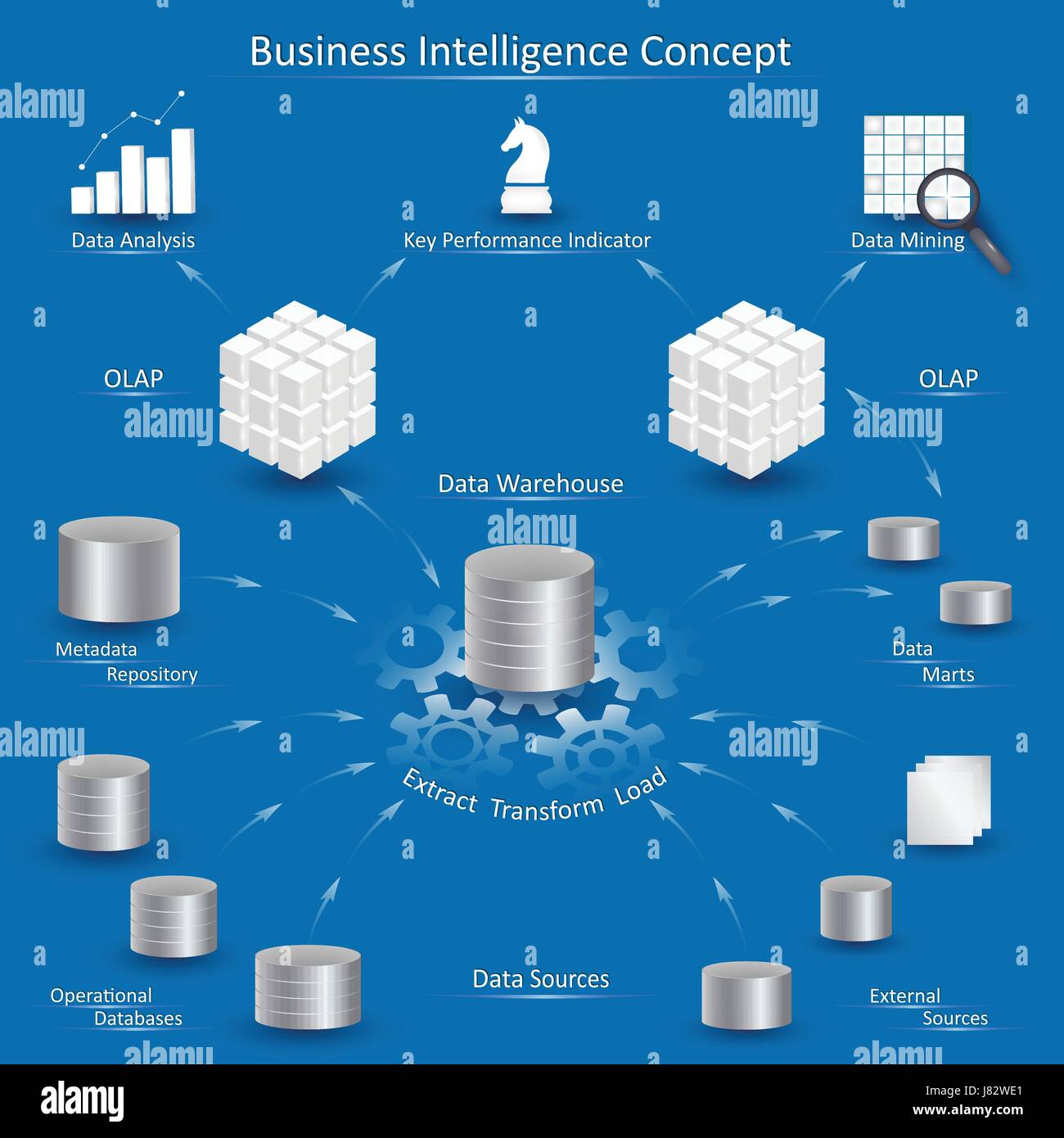

Data mining enables more accurate diagnostics. Data mining also allows banks to learn more about our online preferences or habits to optimise the return on their marketing campaigns, study the performance of sales channels or manage regulatory compliance obligations. It is commonly applied to credit ratings and to intelligent anti-fraud systems to analyse transactions, card transactions, purchasing patterns and customer financial data. Banks use data mining to better understand market risks. Data mining also detects which offers are most valued by customers or increase sales at the checkout queue.
#Data mining is a business intelligence application how to#
Supermarkets, for example, use joint purchasing patterns to identify product associations and decide how to place them in the aisles and on the shelves. Data mining in marketing also predicts which users are likely to unsubscribe from a service, what interests them based on their searches, or what a mailing list should include to achieve a higher response rate. By analysing the relationships between parameters such as customer age, gender, tastes, etc., it is possible to guess their behaviour in order to direct personalised loyalty campaigns.

Data mining is used to explore increasingly large databases and to improve market segmentation. These are some examples of data mining in current industry. Now, you can understand the present to anticipate the future. The predictive capacity of data mining has changed the design of business strategies.

Data mining is an automatic or semi-automatic technical process that analyses large amounts of scattered information to make sense of it and turn it into knowledge.


 0 kommentar(er)
0 kommentar(er)
